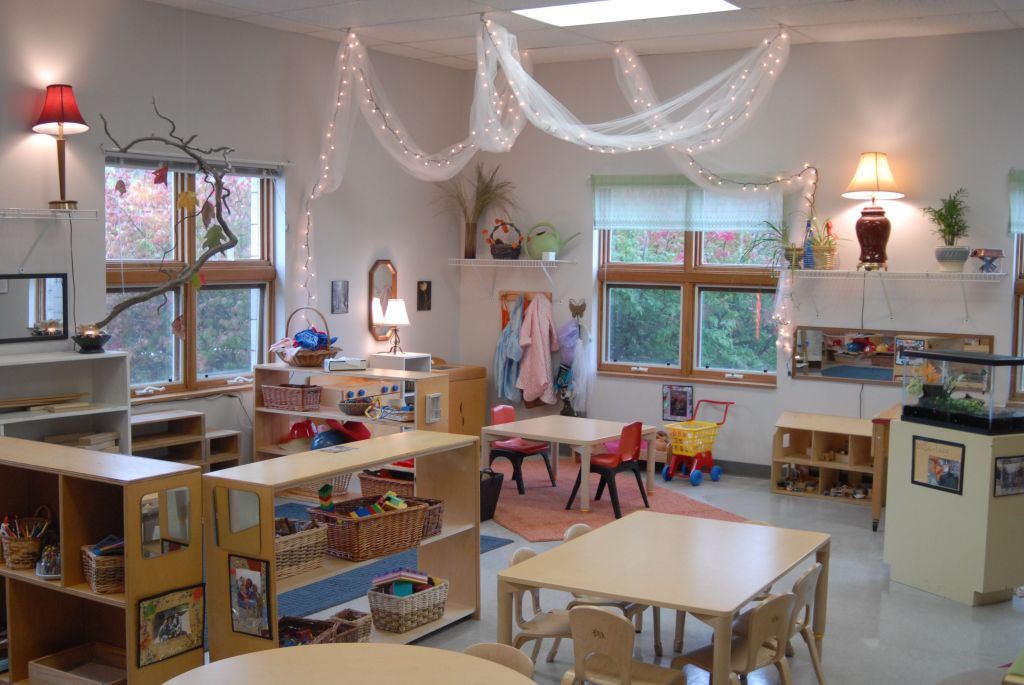In the realm of early childhood education, the Reggio Emilia approach stands out as a unique and innovative model that places children at the center of their learning experience. One key aspect that sets this approach apart is the importance placed on documentation. Documentation in Reggio Emilia schools serves multiple purposes – it captures children’s learning processes, makes learning visible to all stakeholders, including parents and educators, and acts as a tool for reflection and ongoing assessment.
Documentation in Reggio Emilia schools takes many forms, such as photographs, videos, written observations, and children’s own words or creations. These documented artifacts are carefully curated and displayed in classroom environments to showcase the journey of exploration and discovery undertaken by students. By documenting children’s experiences and thoughts, educators can gain insights into their interests, strengths, challenges, and learning styles. This information informs future curriculum planning and helps tailor teaching strategies to meet individual needs effectively.
Parent involvement and collaboration play a crucial role in the success of the Reggio Emilia approach. Parents are viewed as partners in their child’s education journey rather than mere spectators. Regular communication between parents and educators is encouraged through avenues like parent-teacher conferences, open houses, workshops, and collaborative projects. This partnership fosters a sense of community within the school environment where everyone works together towards supporting each child’s development holistically.
One hallmark of Reggio Emilia classrooms is the use of natural materials and environments to create inviting spaces for exploration and creativity. Natural light, plants, wood furniture, rocks, shells – these elements bring a sense of calmness and connection to nature into the learning environment. Children are encouraged to engage with these materials creatively through open-ended activities that stimulate their senses and imagination.
Atelieristas play a vital role in Reggio Emilia schools by acting as facilitators of artistic expression for both children and educators alike. These art specialists collaborate with teachers to integrate art into various aspects of the curriculum while also guiding students in exploring different artistic mediums such as painting, sculpture, music or dance. Through their guidance,
children develop not just artistic skills but also critical thinking abilities as they learn to express themselves authentically through art.
The integration of technology within the Reggio Emilia approach is approached thoughtfully with an emphasis on balance.
While digital tools can offer valuable resources for research
and creative expression
they are not seen as replacements for hands-on experiences or face-to-face interactions.
Educators strive to ensure that technology complements rather than dominates
the learning environment,
keeping focus on fostering social connections,
creative problem-solving,
and critical thinking skills among students.
The physical environment plays a significant role in shaping children’s creativity within Reggio Emilia schools.
Classrooms are designed intentionally
to inspire curiosity
and exploration –
with flexible spaces that can be easily adapted based on student interests or project work.
Children have access
to various materials,
resources,
and tools which encourage them to think innovatively,
collaborate with peers,
and explore diverse ways of expressing themselves creatively.
Art plays an integral part in cognitive development within the context
of Reggio Emilia education.
Through engaging with different art forms such as drawing,
painting,
sculpture or dramatic play
children develop not just fine motor skills but also enhance their ability to observe closely,
interpret symbols,
express emotions non-verbally
problem-solve creatively.
Art becomes a language through which they can communicate complex ideas
make connections across different disciplines
develop empathy towards others’ perspectives
Sensory experiences form an essential component
of daily routines within Reggio Emilia classrooms
as they provide opportunities for children
to engage deeply with their surroundings
through touch smell taste sight sound Children may explore sensory bins filled with textured materials experiment with mixing scents during aromatherapy sessions listen attentively during music appreciation time or immerse themselves fully
in nature during outdoor excursions Such experiences not only stimulate cognitive growth but also foster emotional regulation self-awareness social interaction skills
Reggio Emilia approach prioritizes social-emotional development alongside academic achievement Recognizing each child
as a unique individual with distinct strengths challenges emotions educators aim
to create nurturing environments where emotional well-being takes precedence over performance outcomes Teachers model empathy respect communication skills while providing ample opportunities for students resolve conflicts collaboratively regulate emotions express feelings constructively build positive relationships
Emergent curriculum principles underpin much
of what happens
within Re
ggio E
mili
a setting Rather than following pre-set lesson plans teachers observe document share emergent themes interests expressed by students Then collaboratively plan activities projects investigations rooted those emergent themes allowing flexibility responsiveness learners’ needs passions This organic process ensures engagement relevance authenticity tasks thereby promoting deeper more meaningful understanding concepts
“The hundred languages” concept encapsulates idea every child possesses myriad ways expressing themselves communicating ideas feelings thoughts beliefs desires Through diverse mediums like paint clay music movement drama storytelling photography gardening cooking sewing woodworking children able explore communicate using “languages” resonate most them Encouraging this multi-faceted mode expression fosters holistic development enhancing creativity critical thinking problem-solving capacities preparing them succeed dynamic ever-changing world
Diversity inclusion core values upheld within framework Reggion Emla apprach Every effort made celebrate honor cultural linguistic ethnic socioeconomic differences exist among student body Classroom activities often designed incorporate elements from various backgrounds traditions fostering sense mutual respect appreciation shared humanity Educators encourage dialogue around topics diversity equity justice creating safe space individuals feel valued heard respected regardless identity background Ultimately embracing diversity enriches educational experience all involved leading greater empathy understanding cooperation global society

Leave a comment